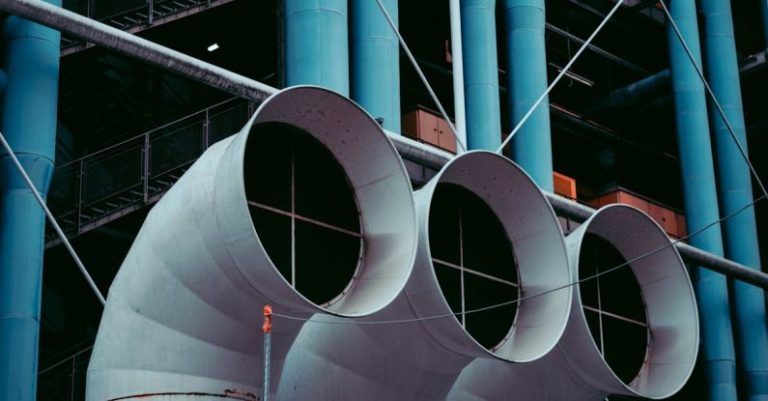The Evolution of Composite Materials in Prefabricated Construction
Prefabricated construction has revolutionized the way buildings are designed and built. This method of construction, which involves assembling components off-site before transporting and installing them on-site, has gained immense popularity due to its efficiency and cost-effectiveness. A key factor contributing to the success of prefabricated construction is the evolution of composite materials. These advanced materials have played a crucial role in enhancing the structural integrity, durability, and aesthetic appeal of prefabricated buildings.
Composite Materials: A Game-Changer in Construction
Composite materials are engineered materials made from two or more constituent materials with significantly different physical or chemical properties. These materials are combined to create a final product that possesses enhanced properties compared to its individual components. In the construction industry, composite materials have been widely adopted for their high strength-to-weight ratio, corrosion resistance, and versatility in design.
Enhanced Structural Integrity with Fiber-Reinforced Polymers
One of the most common types of composite materials used in prefabricated construction is fiber-reinforced polymers (FRPs). FRPs are composed of a polymer matrix reinforced with fibers such as carbon, glass, or aramid. These materials offer exceptional strength and stiffness, making them ideal for structural components in prefabricated buildings. FRPs are also lightweight, which reduces transportation costs and simplifies installation processes.
Durability and Weather Resistance with Composite Cladding
Composite cladding panels have become increasingly popular in prefabricated construction for their durability and weather resistance. These panels are typically made from a combination of materials such as wood fibers, plastics, and additives. Composite cladding not only provides an attractive finish to prefabricated buildings but also offers protection against harsh environmental conditions, ensuring the longevity of the structure.
Innovative Design Possibilities with Composite Facades
Composite facades have opened up a world of innovative design possibilities in prefabricated construction. These facades combine different materials and finishes to create visually striking exteriors that enhance the aesthetic appeal of buildings. From textured surfaces to customizable colors, composite facades allow architects and designers to unleash their creativity and bring unique visions to life in prefabricated structures.
Sustainability and Green Building Practices
The use of composite materials in prefabricated construction aligns with the growing emphasis on sustainability and green building practices. Many composite materials are recyclable and contribute to energy-efficient building designs. By incorporating these materials into prefabricated construction, builders can reduce waste, lower energy consumption, and create environmentally friendly structures that meet the demands of modern construction practices.
The Future of Prefabricated Construction: Advancements in Composite Materials
As technology continues to advance, the future of prefabricated construction looks promising with further advancements in composite materials. Researchers and manufacturers are constantly exploring new composite formulations and production techniques to enhance the performance and sustainability of prefabricated buildings. From self-healing composites to 3D-printed materials, the possibilities for incorporating innovative composites into prefabricated construction are endless.
Closing Thoughts: Embracing the Potential of Composite Materials in Prefabricated Construction
The evolution of composite materials has significantly impacted the way prefabricated buildings are designed, constructed, and maintained. These advanced materials offer a plethora of benefits, including enhanced structural integrity, durability, and design flexibility. By embracing the potential of composite materials, the prefabricated construction industry can continue to innovate and build sustainable, efficient, and visually captivating structures for the future.






